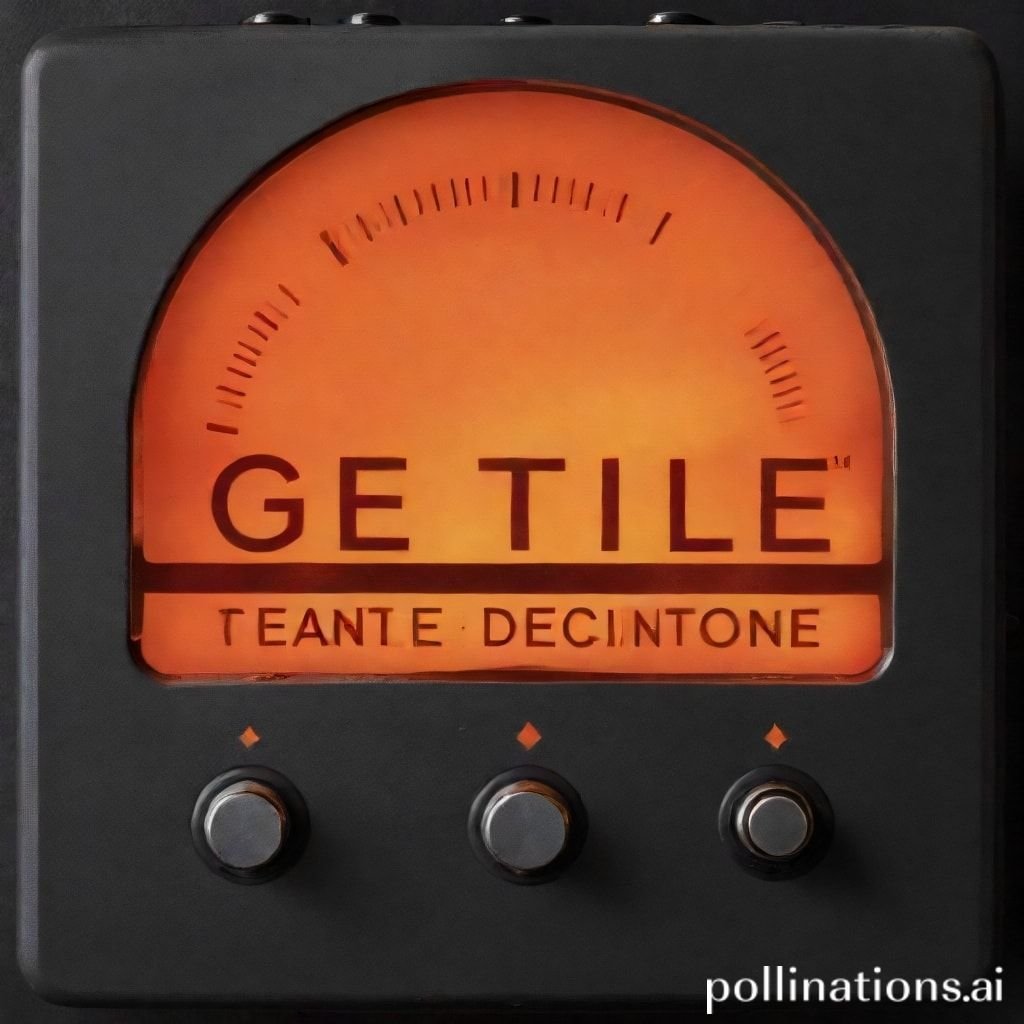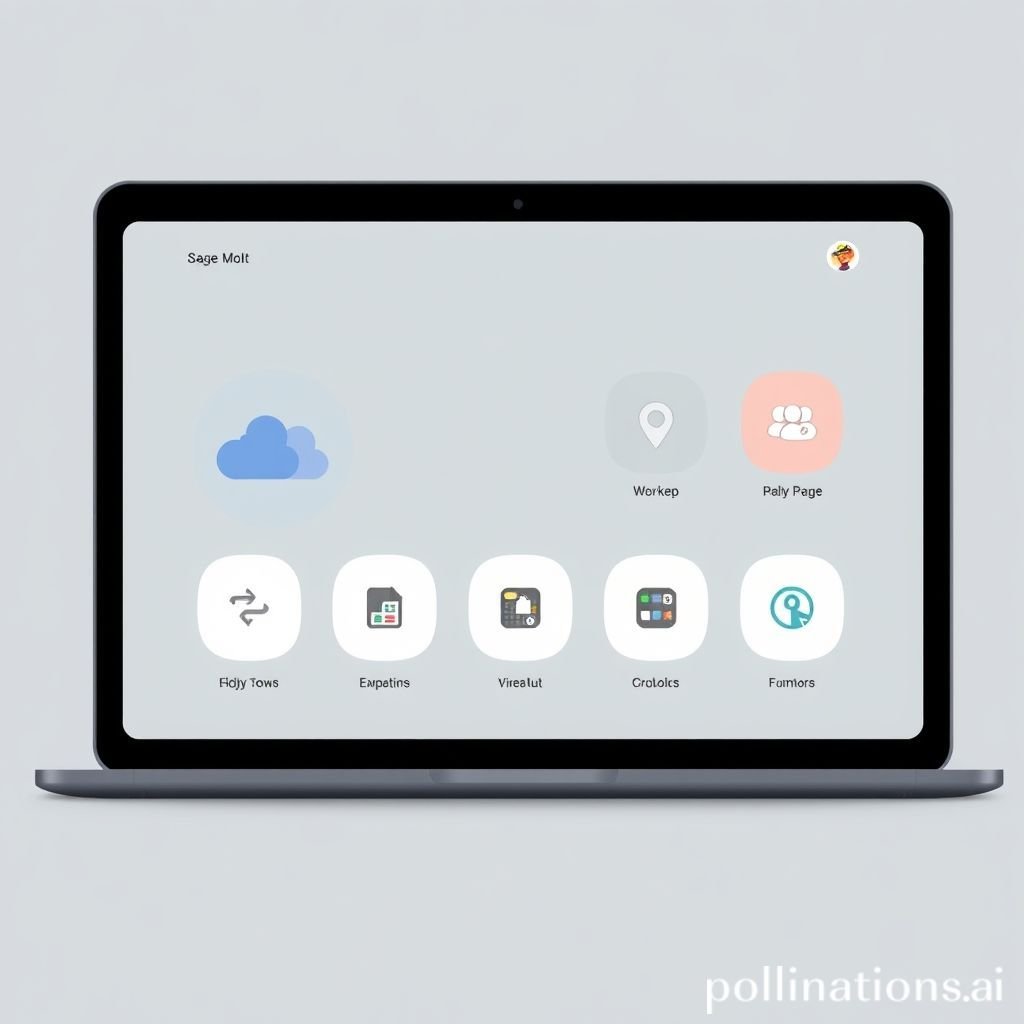Subtle UI Error Sounds: A Gentle Decline Warning Tone
When an error occurs, users expect clear feedback. But not every error needs to be loud or jarring. A gentle decline warning tone offers a subtle, yet effective, notification for minor issues. It enhances the user experience by providing soft UI feedback. This approach minimizes user frustration, making interactions smoother. Understanding how to use these subtle warning sounds is crucial for modern design.
Applications in Media
Subtle error tones are vital in many media applications. They provide non-intrusive feedback. Think about a video editor trying to save a project. A small error might occur, like a missing font. A gentle tone informs them without interrupting their creative flow. This low-key warning keeps the user focused. It prevents the sudden jolt of a harsh sound. This approach leads to a more pleasant user experience.
Industry-Specific Uses
In gaming, a gentle decline warning can signal a minor inventory issue. Perhaps a player tries to pick up an item when their bag is full. A soft sound prevents a jarring experience during intense gameplay. For productivity software, an error like a misplaced file during saving might trigger this tone. It's a quiet notification that something needs attention. Even medical devices might use such a subtle audio effect. A soft warning might indicate a minor reading fluctuation. This kind of delicate UI feedback is increasingly common. It shows an understanding of user psychology.
Creative Techniques
Designers use creative techniques to implement these tones. They might employ a downward pitch shift to convey a decline. A slight decrease in volume can also suggest a soft error. These are not loud beeps or blares. Instead, they are carefully crafted sound samples. They act as an auditory notification that guides the user gently. The goal is to inform without startling. This helps maintain a calm and productive environment. It avoids the user feeling overwhelmed by constant alerts or an aggressive error message.
Technical Analysis
Understanding the technical aspects helps in creating perfect gentle warning tones. These sounds must be precise. They need to convey meaning quickly and effectively. A good UI sound is immediately recognizable. It tells the user about a minor error without causing alarm.
Waveform Characteristics
A gentle decline warning tone often features a smooth, decaying waveform. It lacks sharp peaks. Instead, its amplitude gradually decreases over time. This slow decay mimics the idea of something fading or declining. There are no sudden bursts or aggressive spikes. This smooth profile is key to its subtle nature. It ensures the error sounds are not abrasive. The soft attack and release prevent listener fatigue. It provides a non-alarming audio effect.
Frequency Profile
The frequency profile also plays a role. Gentle decline tones often reside in the mid-range frequencies. They avoid harsh high frequencies or boomy low ones. A balanced frequency response ensures clarity without being shrill. Sometimes, a slight downward sweep in pitch is used. This emphasizes the "decline" aspect. It creates a subtle auditory cue for an error. Such careful sound design makes the notification intuitive. It is an effective UI element. Related error sounds often share these characteristics.
Production Tips
Creating these subtle sounds requires attention to detail. Recording and editing are crucial steps. The aim is a refined audio effect. A well-produced gentle warning tone improves the entire user experience. It ensures every minor error is communicated clearly and calmly.
Recording & Editing
Start with high-quality source material. You might record simple chimes or bell-like sounds. Then, use careful editing to refine them. Apply gentle fades to the beginning and end of the sound sample. This creates that smooth attack and decay. Pitch shifting can help achieve the "decline" feel. Avoid clipping or distortion at all costs. Clean audio is paramount for a subtle warning. Even a tiny recording error can ruin the effect. This precise work leads to a polished UI sound.
Software Tools
Digital audio workstations (DAWs) are essential. Programs like Ableton Live or Logic Pro allow precise waveform editing. You can manipulate pitch, volume, and duration. Plugins for subtle reverb or delay can add richness. EQ tools help shape the frequency profile. Compression can smooth out dynamics. Experiment with different sound sample types. Look for natural elements or synthesized tones. The right tools help you craft the perfect error tone. They enable you to create nuanced notification sounds.
Creative Implementation
Beyond basic production, creative implementation elevates these tones. How they are used within the UI matters greatly. A gentle decline warning must fit seamlessly into the overall user experience. It should never feel out of place. It should always serve as a helpful notification for any minor error.
Layering Methods
Layering can add complexity and depth. Combine a subtle tonal element with a soft click. Or perhaps mix a gentle whoosh sound. Each layer contributes to the overall audio effect. Ensure no single element overpowers another. The goal is a unified, subtle sound. This makes the warning more distinct. It communicates the error more effectively. Think of it as building a small, intricate soundscape. For example, a successful action might use a UI Confirm Tap.
Spatial Effects
Consider spatial effects to enhance the experience. A slight stereo widening can make the sound feel more expansive. A gentle panning movement can direct attention. For instance, an error related to an element on the left of the screen could have a subtle left-biased pan. This adds a physical dimension to the notification. It helps the user instinctively locate the source of the issue. Such subtle cues are powerful. They make the UI feel more responsive and intelligent. They help pinpoint the exact nature of the error.
Sound Pack Integration
Integrating a gentle decline warning tone into a sound pack is smart. It allows for consistent audio design. These tones are valuable assets for any developer. They offer a ready-to-use solution for common error scenarios.
Using with Other Sounds
This specific error sound works well with a larger collection. It can be paired with positive feedback sounds. Think of "success" chimes or "completion" effects. The contrast between a gentle "decline" warning and a "success" sound is clear. This consistency builds a strong audio language for your UI. It helps users interpret every notification. For instance, a soft "failure" sound can be offset by a brighter "success" sound. This avoids auditory confusion about what sort of error has occurred.
Complete Collection
A comprehensive sound pack offers a wide range of audio solutions. These often include various UI sounds. From button presses to full-blown error messages, a complete collection covers all bases. A gentle decline warning tone is just one piece of this puzzle. Having access to a full library ensures you have the perfect sound sample for every interaction. Explore more options for professional audio. Get the full sound pack for comprehensive audio solutions.
The power of a subtle error tone cannot be overstated. It transforms potentially frustrating moments into minor, easily manageable hiccups. This focus on gentle warning and clear notification elevates the entire user experience. Developers and designers should embrace these nuanced audio effects. They are essential for a truly polished UI.
FAQ Section
What is a "gentle decline warning tone"?
It is a subtle audio effect or sound sample used as a notification for minor error messages or non-critical issues within a user interface (UI). It provides a soft, non-alarming warning.
Why use a subtle error sound instead of a loud one?
Subtle sounds prevent user fatigue and frustration. A loud error can be jarring. A gentle tone maintains a calm user experience, especially for frequent or minor issues. It delivers the warning effectively without annoyance.
Can these tones be customized for different UI applications?
Yes, absolutely. Their characteristics like pitch, duration, and decay can be adjusted. This allows for tailored notification sounds to fit specific UI themes or types of error feedback.
Where can I find professional sound samples for UI warnings?
Many sound effect libraries offer dedicated UI sound packs. Websites like Pro Sound Effects provide high-quality audio assets, including various warning and error tones.
How does a gentle error tone improve user experience?
It creates a more pleasant and intuitive interaction. Users are informed of an error without being startled. This leads to higher satisfaction and makes the UI feel more refined and user-friendly.






